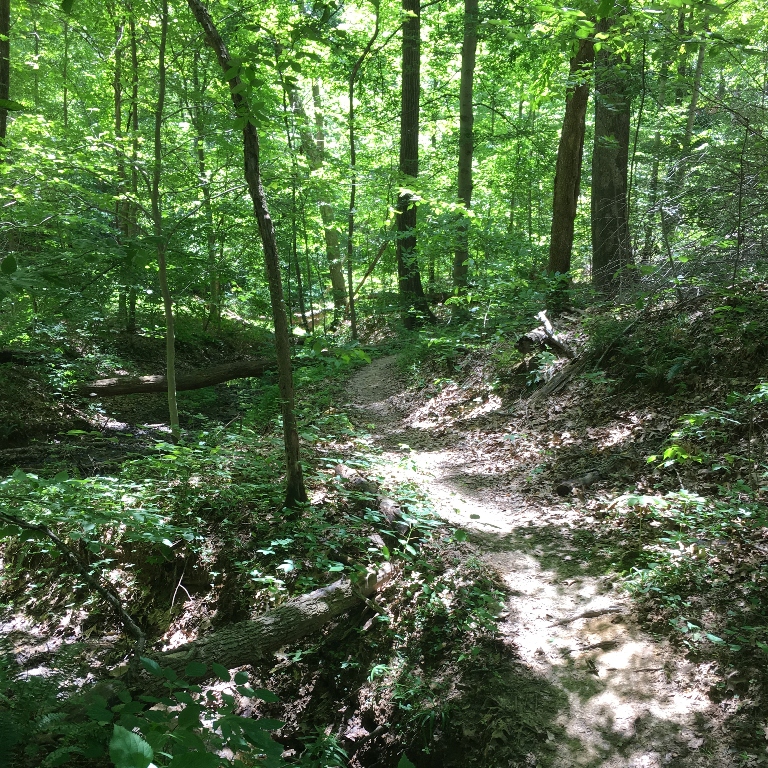Trees are often heralded as the heroes of environmental mitigation. They remove carbon dioxide from the atmosphere, which slows the pace of climate change, and sequester nutrients such as nitrogen, which improves water and air quality. Not all tree species, however, perform these services similarly, and some of the strongest impacts that trees have on ecosystems occur below the surface, away from the eyes of observers. This complicates efforts to predict what will happen as tree species shift owing to pests, pathogens, and climate change as well as to predict which species are most beneficial in reforestation efforts.
For years, researchers have sought to understand how and why forests comprised of different mixtures of tree species differ in their functioning. Because of the large number of species on Earth, it is impractical to study each tree species’ unique effects on carbon and nutrient cycling. Rather, there has been a push to classify trees into groups to help us predict the consequences of tree species shifts.
Researchers at Indiana University—in collaboration with scientists from West Virginia University, Jet Propulsion Laboratory, the University of Virginia, and the University of Warwick—have found that classifying temperate forest trees based on the type of symbiotic fungi with which the trees associate can serve as a broad indicator of how the trees and forests function.
Nearly all trees associate exclusively with one of two types of mycorrhizal fungi. These specialized fungi form mutualistic relationships with tree roots—enhancing the tree’s ability to obtain nutrients from soil in exchange for carbon from the tree. Because the type of fungi with which a tree often associates reflects and determines how trees function, grouping trees based on their mycorrhizal fungi has been proposed to be a good way to classify trees.
In two studies, one published in Global Change Biology and the other in Ecology Letters, the researchers reported that forest stands dominated by trees that associate with arbuscular mycorrhizal (AM) fungi differ from stands dominated by trees that associate with ectomycorrhizal (ECM) fungi in terms of how they store and retain carbon and nitrogen.



